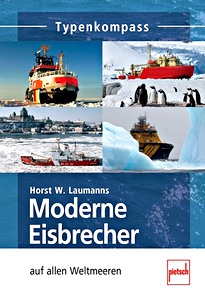Primer of Towing (3rd Edition)
As you cross bridges and see tugboats and towboats moving enormous cargos, do you wonder how these operations are managed? Towing operations are now the most significant part of the U.S. merchant fleet. Throughout the country, towing is providing an economical alternative to transporting cargo by train or truck trailers.
"Primer of Towing" brings you updated information on the modernization of this growing industry. Offshore coastwise and foreign trade is also seeing a boom. The largest independent carrier of petroleum products in the U.S. is a tug/barge operation. Major growth also is continuous in towing services, such as:
- Harbor work, assisting ships to maneuver, dock, and undock in confined waters
- Fleeting operations that provide moorings for inland barges
- Offshore work in the "oil patch"
- Anchor handling by pipe-laying barges
- Salvage
- Pollution control
- Escort towing
- Assisting dredging operations
- Marine construction
- Moving passenger RV tours on inland barges
- Assistance towing operations
This book provides information on all aspects of towing operations and related subjects. It is for avid boatmen and women interested in the diverse aspects of seamanship.
Detalle del libro
| Autor: | George H. Reid |
|---|---|
| Presentación: | 240 páginas, 23 x 16 x 1.5 cm, tapa blanda |
| Ilustración: | 357 dibujos, 4 fotos en b/n |
| Editorial: | Cornell Maritime Press Inc. (USA, 2010) |
| ISBN: | 9780870335631 |
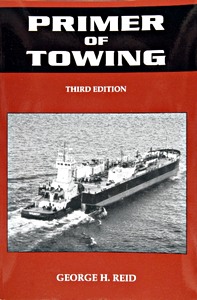
Primer of Towing (3rd Edition)
Idioma: Inglés
Disponible en Amazon - pago segura y entrega rápido
Comprar en Amazon ESComprar en Amazon.com

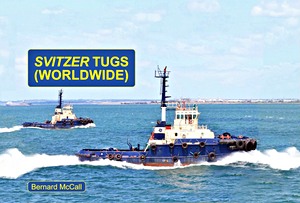
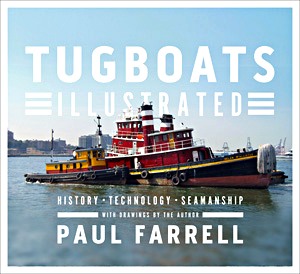
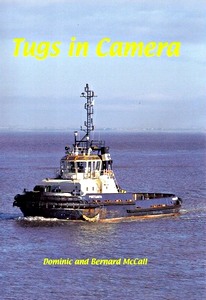
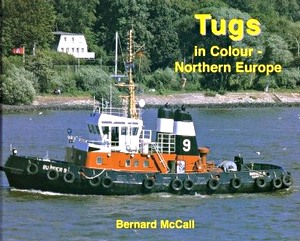
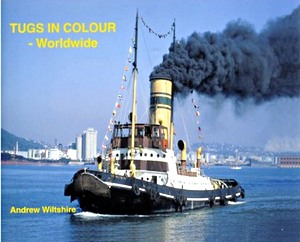
![Páginas del libro [TK] Moderne Eisbrecher auf allen Weltmeeren (1)](../afb/details/PP50785.jpg)
